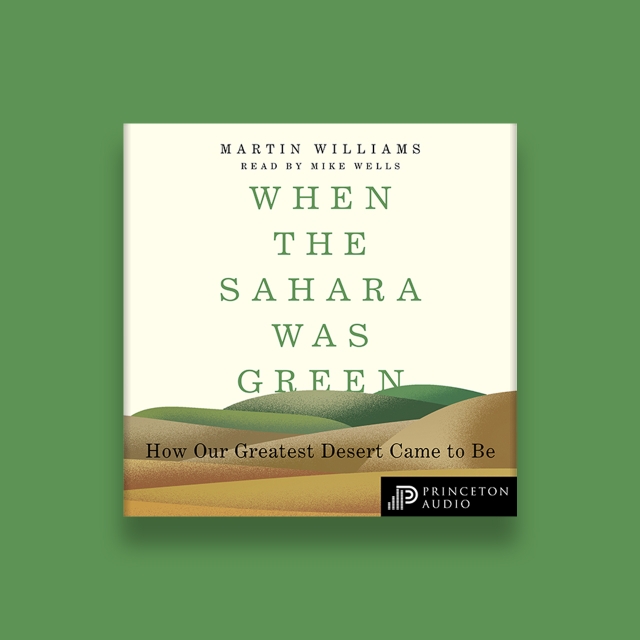The Sahara is the largest hot desert in the world, equal in size to China or the United States. Yet, this arid expanse was once a verdant, pleasant land, fed by rivers and lakes. The Sahara sustained abundant plant and animal life, such as Nile perch, turtles, crocodiles, and hippos, and attracted prehistoric hunters and herders. What transformed this land of lakes into a sea of sands? When the Sahara Was Green describes the remarkable history of Earth’s greatest desert—including why its climate changed, the impact this had on human populations, and how scientists uncovered the evidence for these extraordinary events.
Listen to Chapter 1.
About the Author
Martin Williams is professor emeritus and adjunct professor of earth sciences at the University of Adelaide. His many books include Climate Change in Deserts; Nile Waters, Saharan Sands; and The Nile Basin. He lives in Glenalta, South Australia.

